
Caring for Your Beloved Green Companions
Welcome to Chris's Plant Haven's guide to plant care! Here, we'll help you understand the essentials of keeping your houseplants happy and healthy. Learn when to water, how to clean, fertilize, repot, propagate, and provide the right lighting and soil for your beloved plants. Let's grow together!
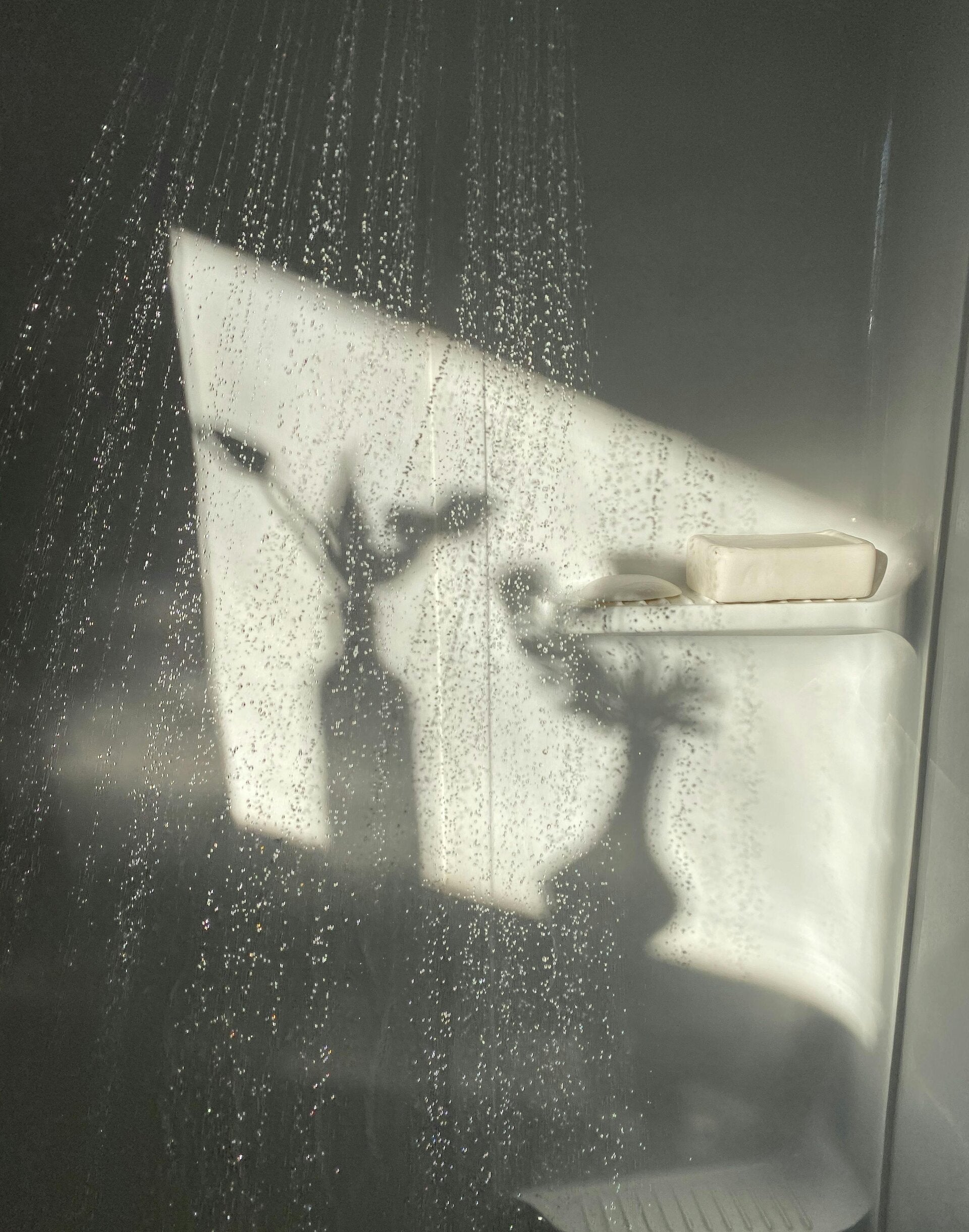
Watering wisdom
One major challenge for plant parents is establishing the right watering routine.
There’s no universal watering schedule. Observe your plants and water only when they appear dry. Use tools like the chopstick method or a moisture tester to check soil dryness.
Overwatering leads to root rot, while underwatering causes wilting and stunted growth. Always test soil moisture before watering. For beginners, let the soil dry about 50%-75% before rewatering. Insert a chopstick into the soil—if the top 1-2 inches are dry, it’s time to water. A quality moisture tester can provide more accuracy. Ensure pots have proper drainage to avoid waterlogging and keep plants healthy.
Keep your plants hydrated and thriving with these tips:
Treat your plants to a gentle, rain-like shower in the bathtub to cleanse their leaves and boost healthy growth. For thorough hydration, try bottom watering—playfully nicknamed "butt chugging"—to evenly soak the soil and nourish the roots. Prefer a more traditional approach? Stick with classic top watering or opt for a self-watering system for consistent moisture. On milder days, you can even let your plants bask in the natural rain, as long as it’s not too cold or stormy.
When watering, soak the topsoil until water drains from the holes. Tilt the plant to remove excess water, place it on a drip tray, and discard any remaining water after 2-4 hours to prevent overwatering.
After watering your plant, be sure to promptly drain any excess water. Letting it sit in standing water for too long can lead to overwatering, which may harm the plant's overall health.

The key to vibrant, healthy plants: spotless leaves

Soil and Fertilizer Recommendations
Selecting the right soil and fertilizer is essential to provide plants with the nutrients they need to thrive. We recommend Dr. Earth House Plant Fertilizer for balanced nutrition, Mother Earth Soil for excellent drainage, and Fox Farm Soil for its nutrient-rich, well-rounded growing medium.

Our Premium Soil Mix Recipe
Begin with a premium-quality base soil—our top picks include trusted brands like Mother Earth, Dr. Earth, and Fox Farm. To create the ideal mix for your plants, enhance the base soil with the following components, tailored to your plant's size: - **Perlite**: Use small-grade for plants 1"–4" and large-grade for plants 6" and larger. - **Orchid Bark**: Choose small pieces for plants 1"–4" and larger pieces for plants 6" and up. - **Lava Rock**: opt for small rocks for plants 1"–4" and larger rocks for plants 6" and bigger. - **Washed Sand**: Suitable for plants of all sizes. - **Leca Clay Balls**: Use small balls for plants 1"–4" and large balls for plants 6" and up. Add a touch of rooting powder for an extra boost. This customized blend promotes healthy root growth while ensuring excellent drainage, giving your plants the perfect environment to thrive. You can conveniently purchase all these ingredients directly from Amazon. I didn’t include exact measurements because the ideal soil mix really depends on the type of plant you’re potting. For example, succulents and cacti thrive in a chunkier, desert-like soil mix.

Propagation Methods
Propagating houseplants can be done in many ways, but my favorite methods are water propagation and perlite propagation. If you're planning to propagate your plants in water, use a clear container to allow direct light to reach the plant. I also recommend using "Prop Drops" to encourage root growth—Market Botany makes an excellent option that you can conveniently purchase on Amazon.
For perlite propagation, I use a clear, sealable container. Start by dampening the perlite, then dip the plant node into rooting powder before placing it in the perlite. Seal the lid and leave it for about a week. Be sure to "burp" the container periodically to refresh the air, check that the perlite remains damp, and inspect for any signs of rot.
Propagation takes time, so be patient. It took me a while to figure out what worked best for me, and if my methods don’t suit you, don’t worry—you’ll find your own way to grow baby plants!
Always ensure your props are placed in bright, direct light for the best results.
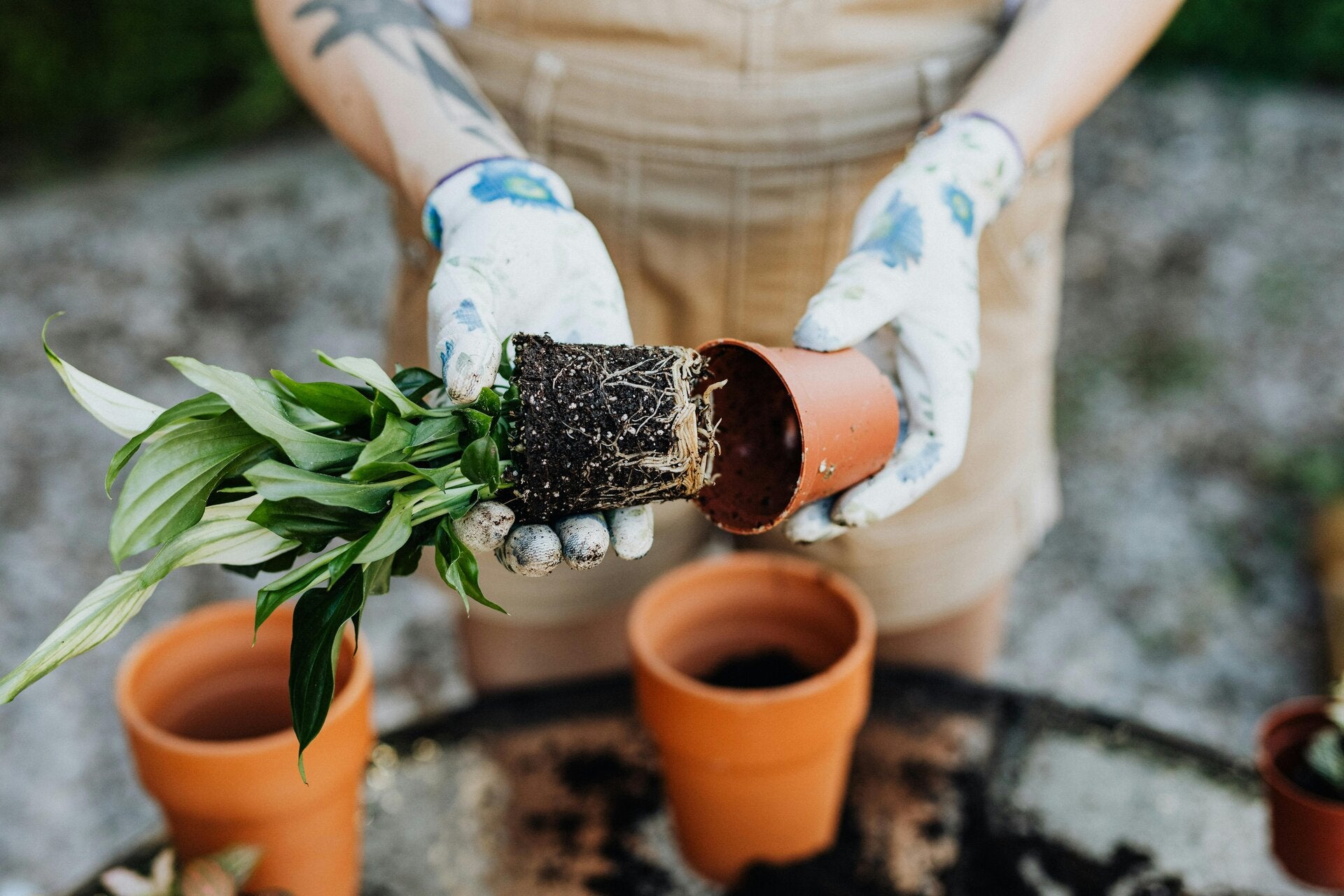
Repotting
When repotting any plant, always begin by assessing the health of its roots. If the plant looks healthy, and the outer roots are firm with a fresh scent, there’s no need to disrupt the existing soil. Simply select a pot that is 1-2 inches larger than the current one and has proper drainage holes. Add about an inch of fresh soil at the bottom (adjusting for the plant's size), gently place the roots inside, position the plant as desired, and fill in the sides with your chosen soil mixture.
Repot if the roots extend more than an inch beyond the drainage holes, as this indicates that the plant has outgrown its current container and requires more space to thrive properly. If you prefer not to increase the pot size, you can trim some of the roots instead.
If you’ve purchased a plant from a large retailer or big-box store, it’s often a good idea to repot it right away. These plants are typically grown in hot, humid greenhouse environments, and the soil they come in is designed to retain more moisture than is ideal for most home conditions. Repotting not only allows the plant to adjust to its new environment but also provides an opportunity to check for any pests or issues. It’s a good practice to quarantine your new plant for about 2-4 weeks, keeping it separate from your existing collection. During this time, monitor it closely for any signs of pests or problems. Before adding it to your collection, give the plant a thorough wash to ensure its pest-free and healthy. This simple "plant rehab" process can help protect the rest of your plants and ensure your new addition thrives in its new home.

Say Goodbye to Pesky Pests!
All plant parents encounter pests at some point. Gross, I know, but it's part of plant care life.
Common houseplant pests include aphids, mealybugs, scale insects, spider mites, fungus gnats, thrips, and whiteflies. These critters can be frustrating, but manageable with the right approach.
-
-
- Aphids: Oval insects clustering on new growth and leaf undersides. They suck sap, stunting growth and causing deformities.
- Mealybugs: Soft pests with white, cottony wax. Their slow movement makes them visible, but their coating makes removal tricky.
- Scale Insects: Immobile, bump-like pests that cling stubbornly to plants, resembling tiny scales.
- Spider Mites: Tiny, reddish or brown mites producing fine webbing. They require careful inspection to spot.
- Fungus Gnats: Small black flies attracted to damp soil, often hovering near moist plants indoors.
- Thrips: Slender insects hiding in flowers or on leaves. Despite their size, they can cause significant damage.
- Whiteflies: Tiny white-winged insects gathering under leaves. They swarm when disturbed, making them visible yet hard to control.
-
For pest control, I recommend Systemic Houseplant Insect Control, Neem Oil, Insecticidal Soaps, Flying Pest Traps, peppermint castile soap, or isopropyl alcohol to keep your plants healthy.

Planty Apps
There are many plant care apps to help manage watering, fertilizing, and maintenance, but the one that stood out to me—especially as a beginner—is Planta. Though it requires a $10 subscription, it’s well worth it. Planta provides powerful features such as plant identification, customized care reminders, and the ability to organize your plants by room. It also helps diagnose and address issues with your plants effortlessly. When adding a plant, it asks detailed questions like watering history, repotting date, pot size, fertilizer type, light conditions, and grow light usage. It even shares fun facts to help you learn more. Planta makes plant care simple and enjoyable—I highly recommend it!
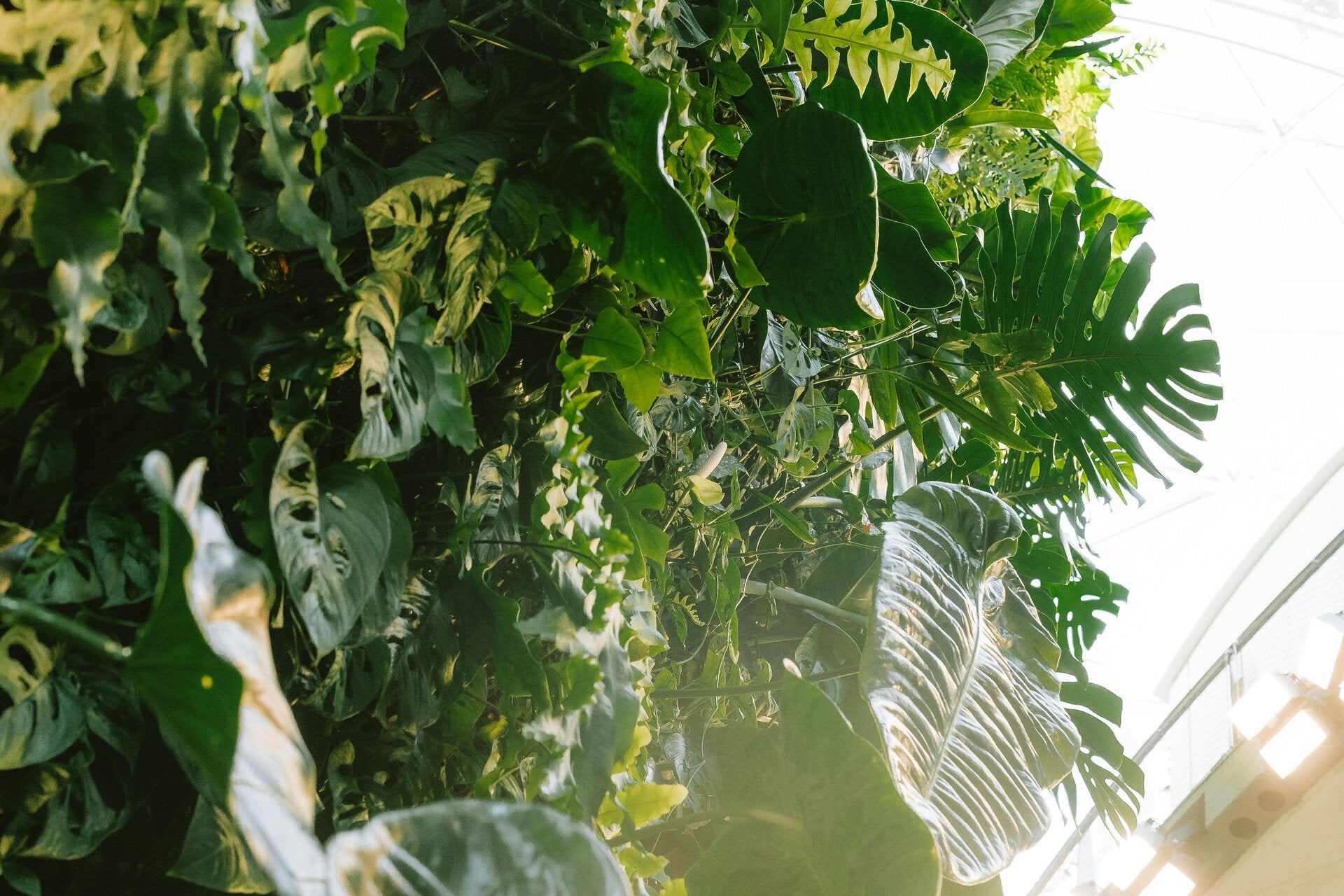
Easy, Beginner-Friendly Plants
The Pothos, or Devil's Ivy, is a personal favorite. These fast-growing, low-maintenance plants come in stunning varieties and are easy to propagate. However, they’re toxic to humans and pets, so keep them out of reach. Let them climb, trail, or train them on a trellis for unique, charming shapes.
Snake Plants, also called Mother-In-Law's Tongue, come in various shapes and sizes. Known for their resilience, they’re low-maintenance, drought-tolerant, and thrive in low light. They’re mildly toxic, so handle with care, and avoid overwatering as they prefer dry conditions.
Monsteras, or Swiss Cheese plants, are easy to care for and add a vibrant, tropical vibe to your space. Their aerial roots help them climb and are even used to make ropes in some cultures. Toxic to humans and pets, they thrive in bright, indirect light and humid conditions.
ZZ Plants are incredibly low maintenance. Thanks to their water-storing rhizomes, they’re highly drought-tolerant and adapt to various lighting conditions. Like other houseplants, they’re toxic to humans and pets, so take precautions if you have children or pets.
The Christmas Cactus and Thanksgiving Cactus thrive in bright light and are drought tolerant. These tropical cacti reward you with blooms when cared for properly. Christmas Cactus features rounded edges and blooms pink or purplish flowers around Christmas, while Thanksgiving Cactus has pointier edges and blooms yellow flowers closer to Thanksgiving.
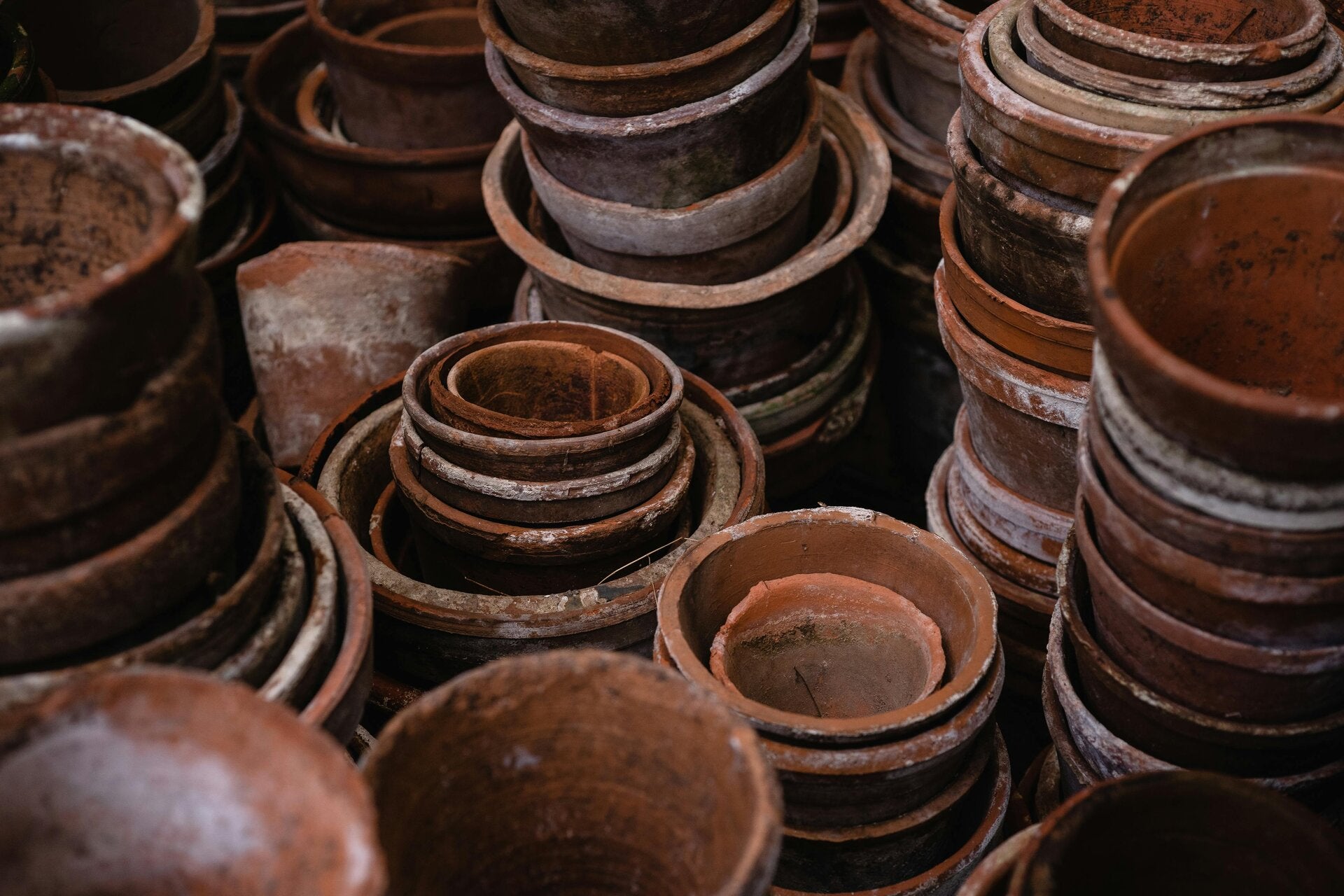
Thrifting will be your best friend
Love the look of expensive cover pots but don’t want to spend a fortune? Check thrift stores, garage sales, or Dollar Tree! You can use almost anything as a cover pot. About 80% of mine are thrifted/Dollar Tree finds, including an old wicker wastebasket I repurposed. If you’re in Canton, IL, check out Helping Hands, Goodwill, or The Nook—Eric at The Nook is amazing at finding great pieces!
Thrifting is ideal for plant care essentials like drip trays, soil scoops, propagation supplies (cups, jars, glassware), plant stands, and cute decorations. Get creative and give your plants a unique touch!
Turn old candle holders into stylish cover pots or self-watering planters for a fresh purpose.
Always clean anything you repurpose for your plants thoroughly before use!
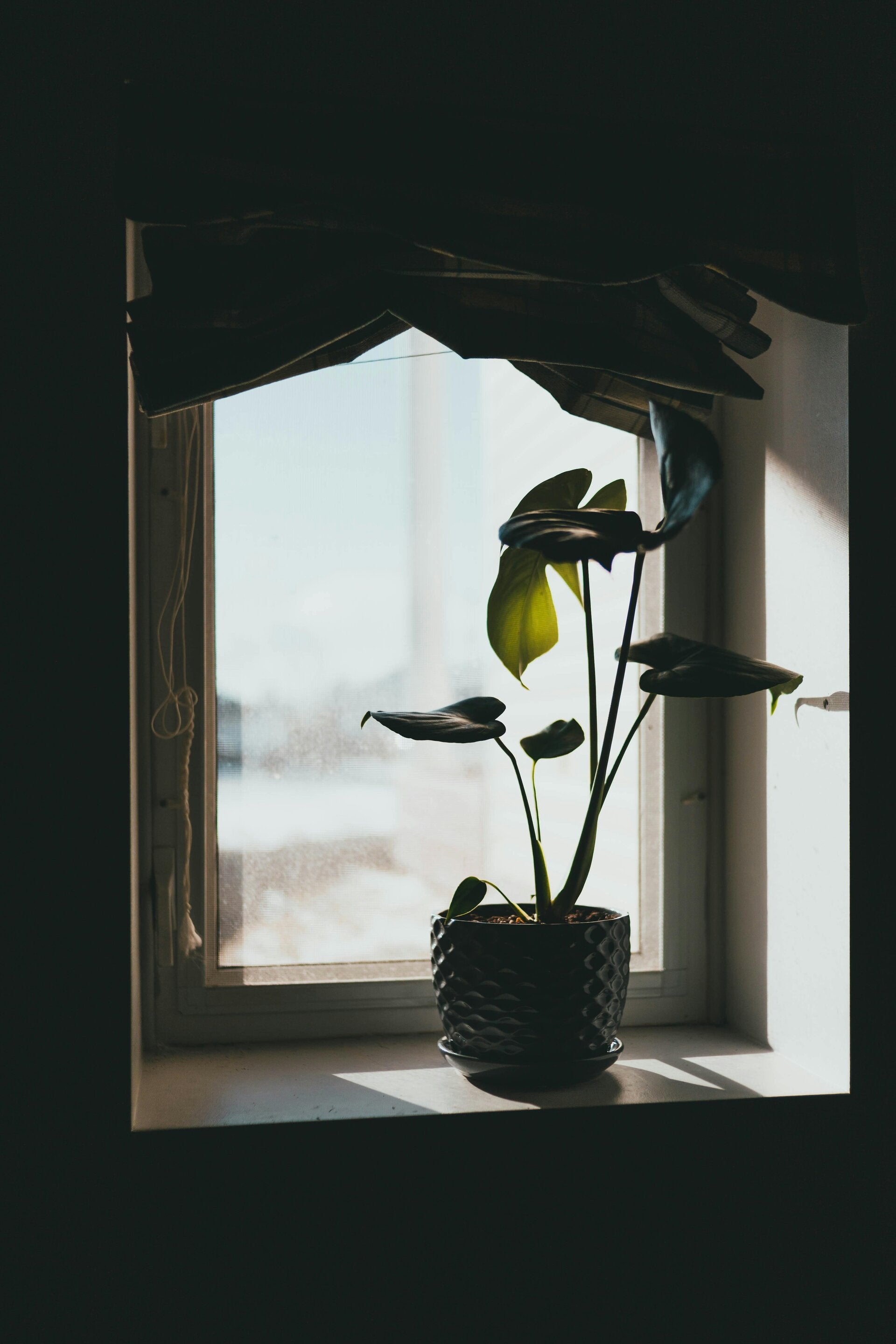
Here Comes the Sun: Lighting
Most plants thrive in indirect sunlight or under grow lights, but some are much more adaptable and can tolerate lower-light spaces, such as the dimmer corners of your living room, bedroom, or even your bathroom, where natural light may be minimal.
You can also carefully place your plant on a covered porch to let it enjoy natural light while being protected from harsh direct sun and weather elements. Be sure to bring your plants indoors if you live in a region where freezing temperatures occur.
Grow lights are an excellent way to help your plants grow and thrive during the darker colder winter months or when there isn’t quite enough natural light available in your home to sustain them.
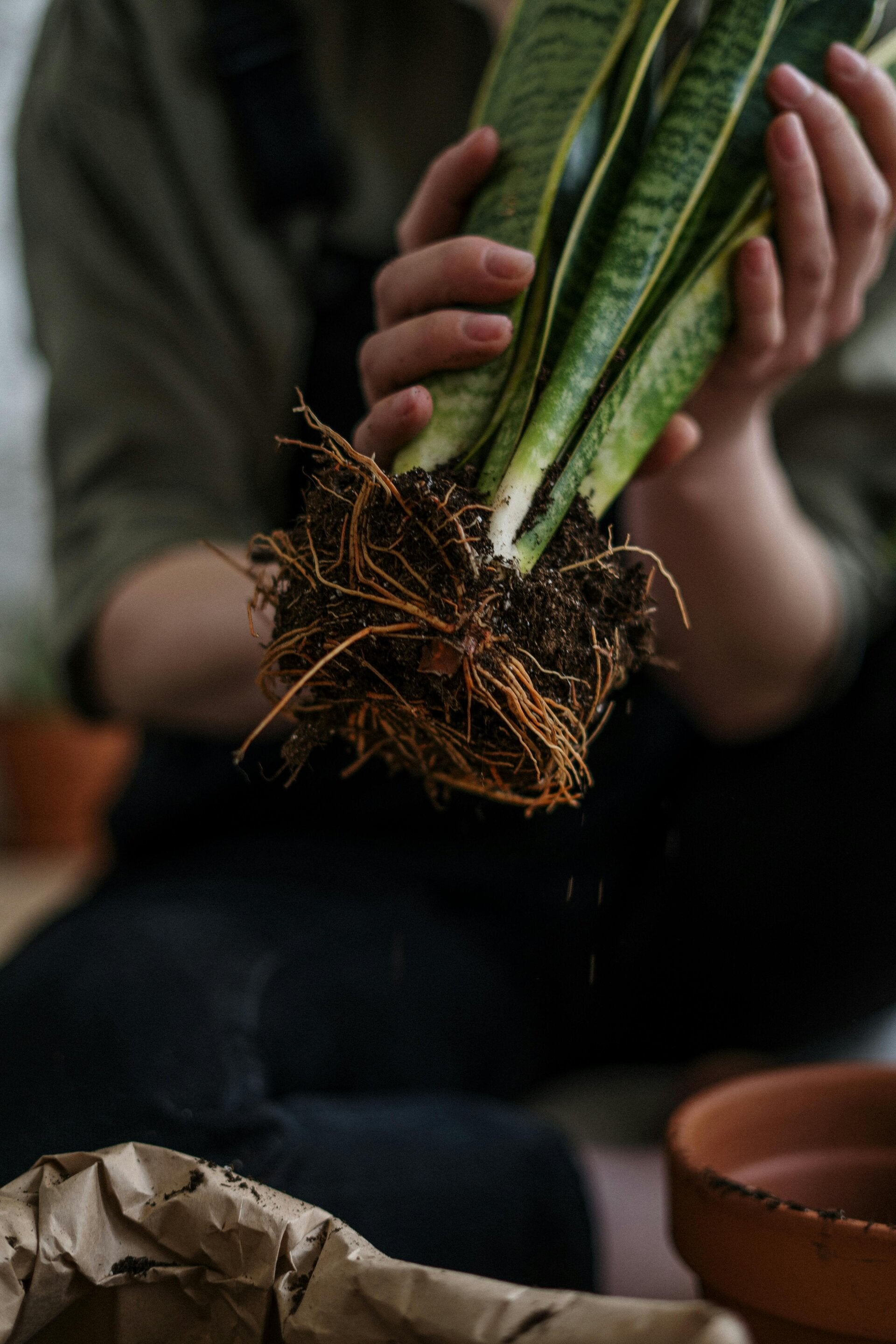
Root Health and Wellness
Soft, mushy roots? It happens to the best of plant parents! Don’t hesitate to reach out for advice—we’re here to help.
Roots, also known as "The Forbidden Noodles", serve as a vital and essential indicator of a plant's overall health, well-being, and stability. Firm, chunky, and pleasantly great-smelling roots are unmistakable signs that the plant is not only happy but also thriving, flourishing, and in excellent condition overall. Conversely, mushy, decaying, rotting, and bad-smelling roots that easily break apart or fall off are a strong and clear indication of root rot, poor plant health, and underlying issues that need immediate attention.
If root rot occurs, start by thoroughly cleaning the roots to remove all soil. Trim away any rotting or damaged roots, then spray the bare roots with a 3% hydrogen peroxide solution. This will help eliminate most germs and promote healthier root recovery.
Always use fresh, uncontaminated soil for your plants instead of reusing soil that may be polluted or degraded.